In Australia, where over 4 million people live with disabilities and an ageing population is rapidly increasing, the need for accessible housing is more than just a necessity - it's a priority for sustaining quality of life.
Accessible home design fosters independence, safety, and comfort, addressing the unique needs of the elderly, those with disabilities, and families seeking inclusive living environments. This approach enhances daily living for individuals with disabilities, the elderly, and families who benefit from more inclusive environments.
Accessible Design and Quality of Life
Accessible home design addresses various needs through thoughtful architectural and technological enhancements that remove physical barriers and promote independence.
Here's how specific features directly impact the quality of life:
-
Step-free Entrances and Wider Doorways:

-
Mobility and Independence: Eliminates the physical strain and risk associated with navigating steps, crucial for those using mobility aids.
-
Ease of Access: Simplifies entry and movement within the home, making daily activities more manageable.
-
Social Benefits: Enhances the ability to host visitors, preventing social isolation and fostering stronger connections with friends and family.
-
Accessible Bathrooms with Safety Features:
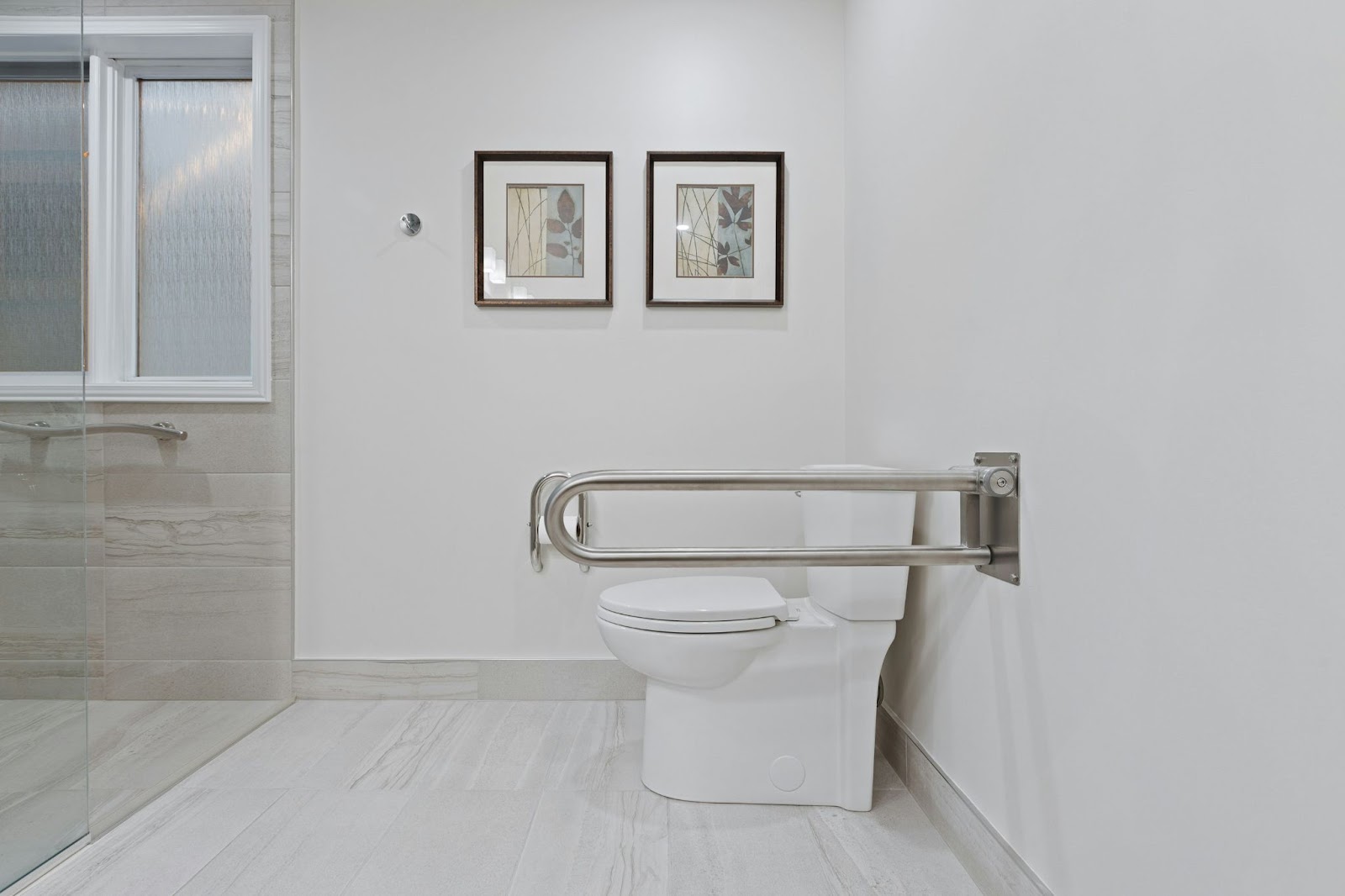
-
Health and Hygiene: Allows individuals to maintain personal care routines independently, vital for self-esteem and physical health.
-
Safety: Features like non-slip floors and grab bars significantly reduce the risk of falls, particularly important since bathrooms are high-risk areas for accidents.

-
Ownership & Individuality: Ground floor bedrooms are accessible to those who may have mobility constraints, and especially effective at establishing a sense of stability & ownership for ageing individuals whose mobility may change over time.
-
Flexibility: Adapts to various life stages and needs, such as accommodating recovering family members.
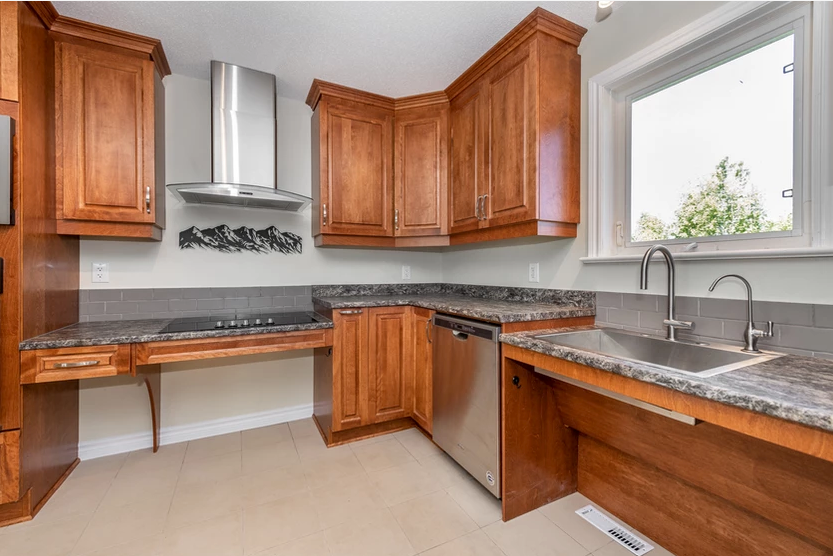
-
Functional Independence: Features like variable height countertops and pull-out cabinets enhance usability for individuals of all abilities.
-
Safety Enhancements: Includes elements such as front-control appliances to prevent stretching or reaching, which can pose risks.
Enhancing accessibility in homes directly correlates with improved independence, safety, and social engagement for all occupants. As we continue to recognise and act upon these benefits, the overall quality of life for individuals with disabilities and the elderly can be significantly elevated.
The Role of Universal Design in Enhancing Daily Living
Universal design creates environments that are intuitive and usable for everyone, enhancing daily living through several key features:

-
Convenience and Control: Smart home technologies like automated thermostats and voice-activated systems increase autonomy for those with physical limitations.
-
Emergency Preparedness: Automated emergency response systems provide immediate assistance in case of falls or medical emergencies, essential for people living alone.
-
Efficient and Flexible Spaces:
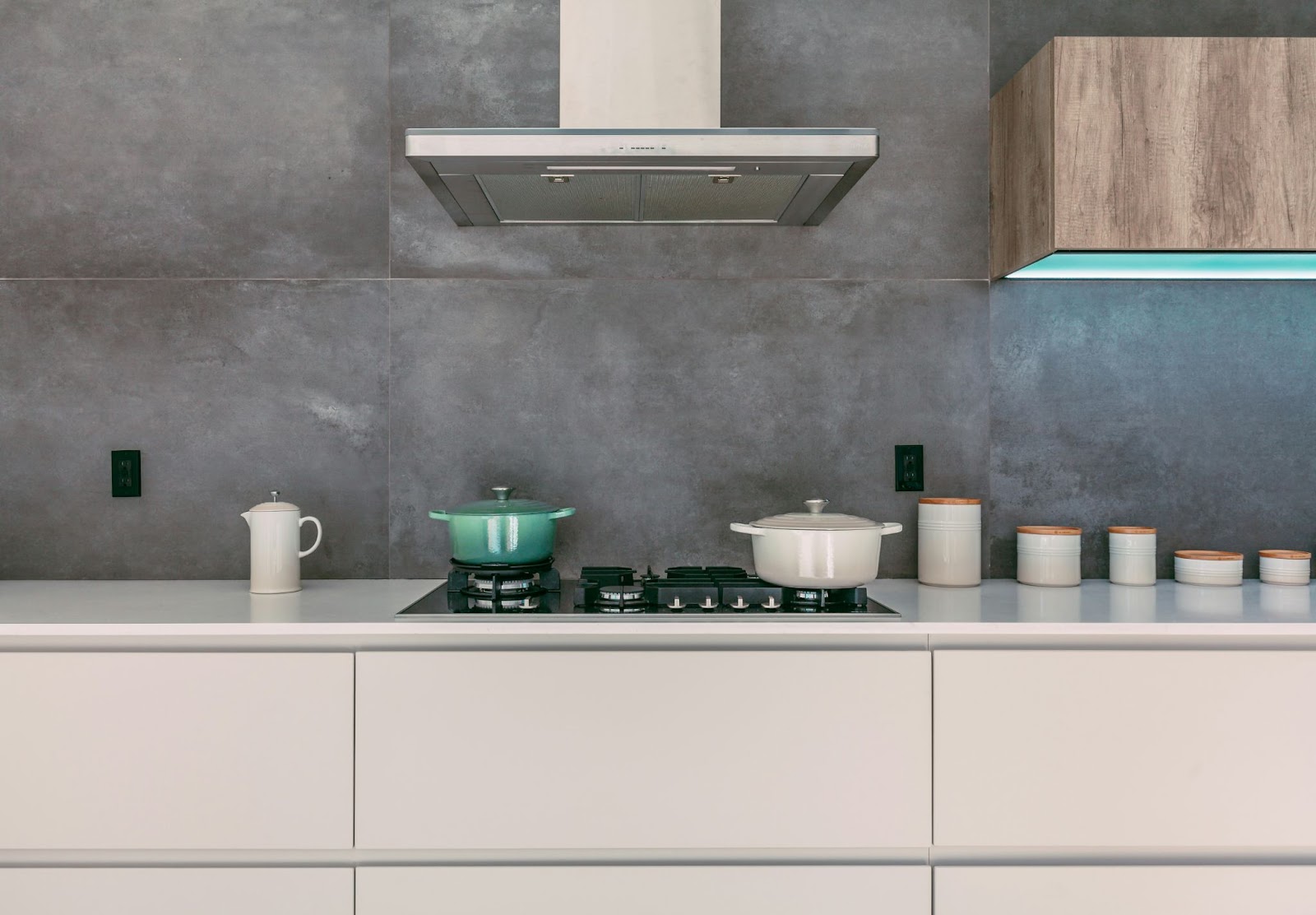
-
Mental Well-being: Clutter-free and well-organised spaces reduce anxiety and facilitate ease of movement, essential for cognitive health.
-
Adaptability: Features like adjustable countertops and modular furniture can be tailored to the user’s needs, accommodating changes in the household.
-
Enhanced Mobility Features:
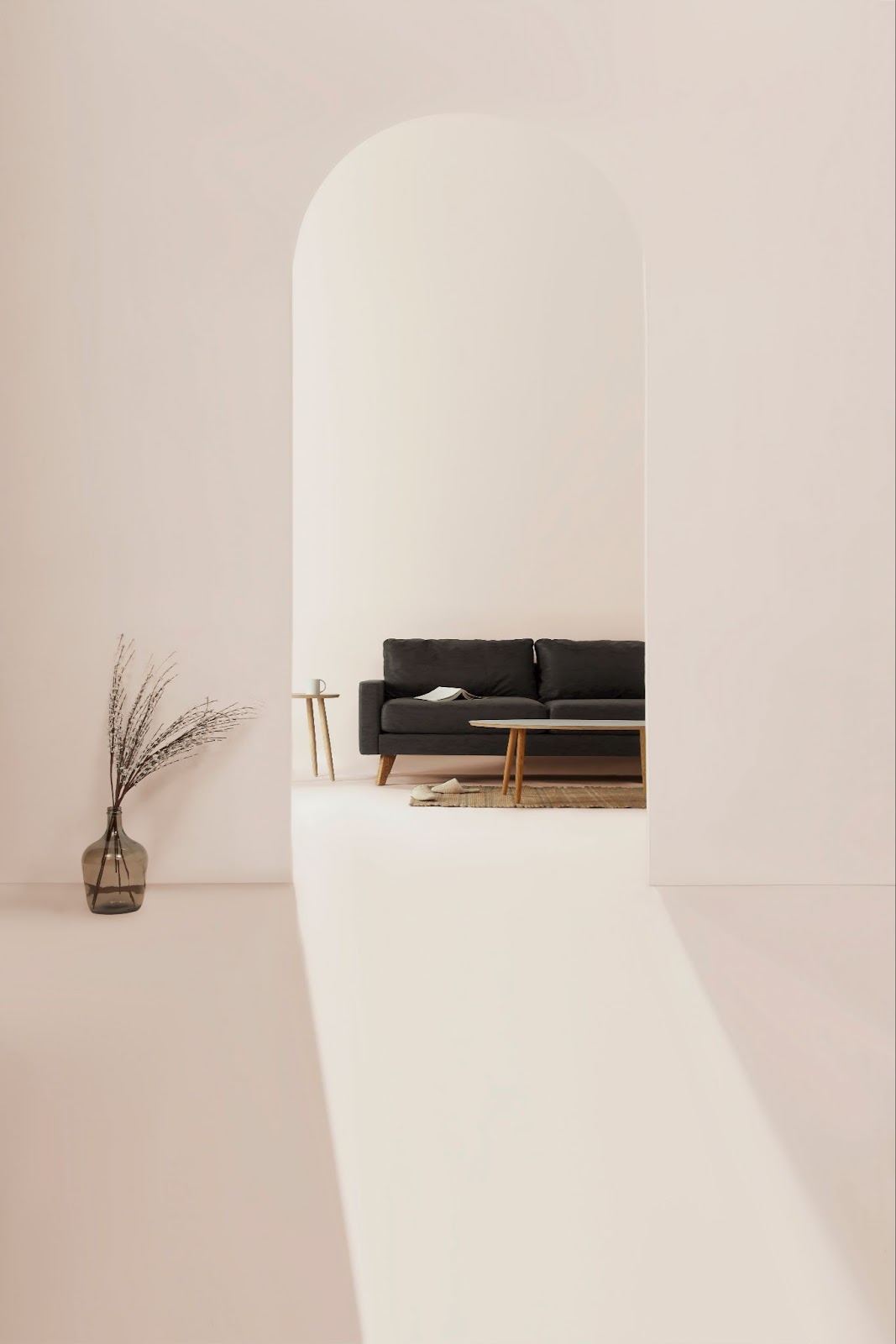
-
Navigational Ease: Incorporates wider pathways and fewer obstructions, crucial for mobility aid users.
-
Seamless Transitions: Minimises thresholds and floor level changes to enhance safety and prevent tripping.
Universal design principles not only address the needs of the individual but also foster a living environment that is adaptable and enjoyable for everyone. By focusing on these inclusive design strategies, we ensure that our homes can accommodate the evolving needs of any family, enhancing daily living for years to come.
The Impact of Safe and Inclusive Environments
Creating safe and inclusive home environments has far-reaching benefits that extend beyond the individual to the community and economy:

-
Inclusivity: Accessible homes are welcoming to people of all abilities, fostering inclusivity and participation in community activities.
-
Empowerment: Facilitates independence and self-reliance, encouraging individuals to engage more actively in their communities.
-
Economic Benefits:
-
Property Value: Accessible homes appeal to a broader demographic, including ageing populations and those with disabilities, maintaining high property values.
-
Cost Efficiency: Investing in accessibility features can reduce the need for future costly renovations as occupant needs evolve.
-
Psychological Benefits:
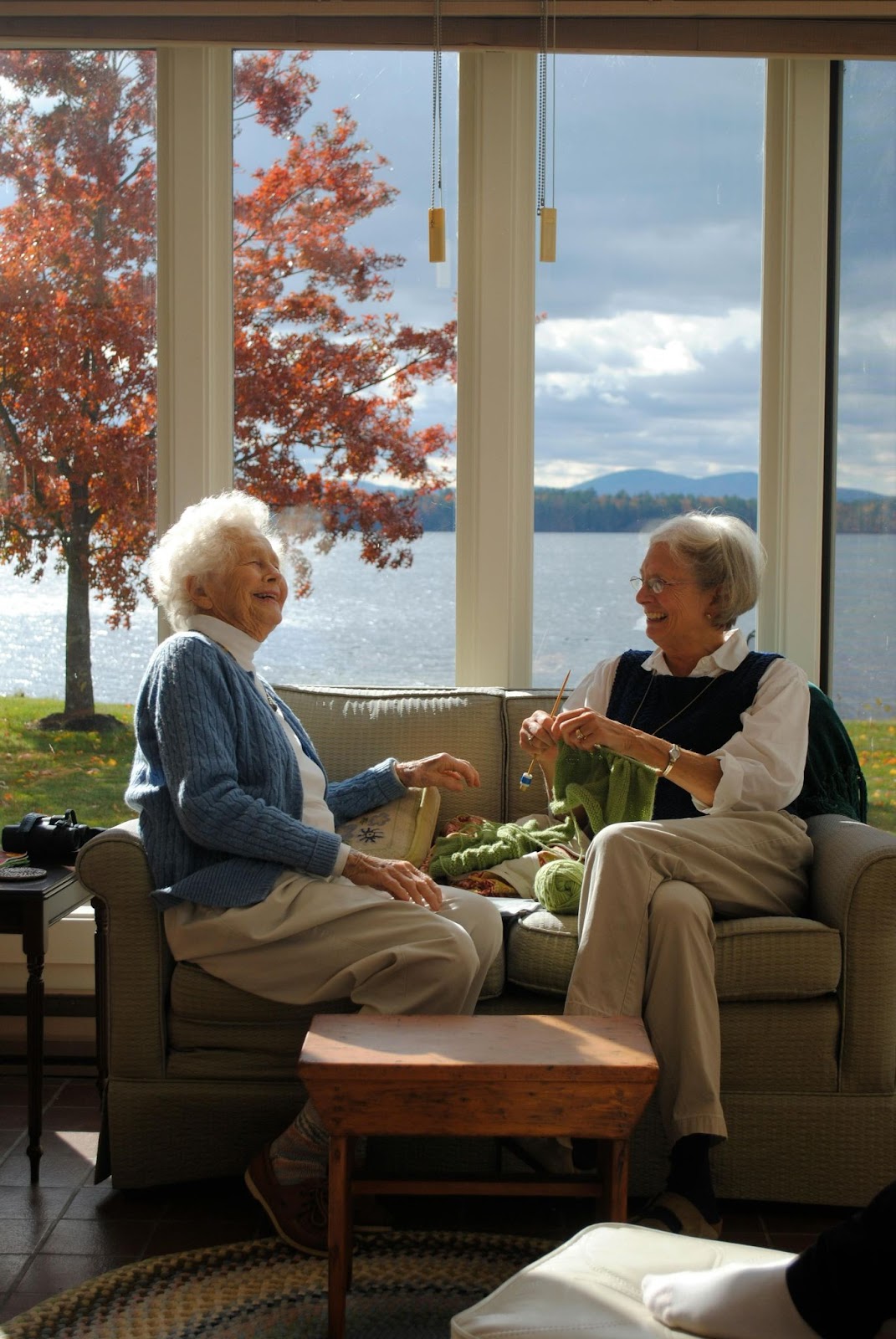
-
Autonomy: Living in a home that accommodates one’s physical needs enhances feelings of independence and control.
-
Quality of Life: A supportive living environment can improve overall happiness and satisfaction, impacting mental and emotional well-being.
-
Environmental Impact:
-
Sustainability: Accessible design often incorporates energy-efficient features, contributing to a lower carbon footprint.
-
Long-term Usability: Designs that anticipate future needs reduce the necessity for resource-intensive modifications.
The creation of safe and inclusive environments extends beyond individual benefits, influencing broader community and economic factors. As we build more accessible homes, we contribute to a more inclusive society, which enriches lives and strengthens community ties across the board.
Building a More Accessible Future
The connection between home accessibility and improved quality of life is undeniable. By integrating accessible features and universal design principles, homes not only become safer and more comfortable but also promote inclusivity and independence.
Publisher Website: www.homeshelf.com.au